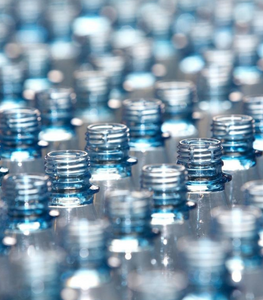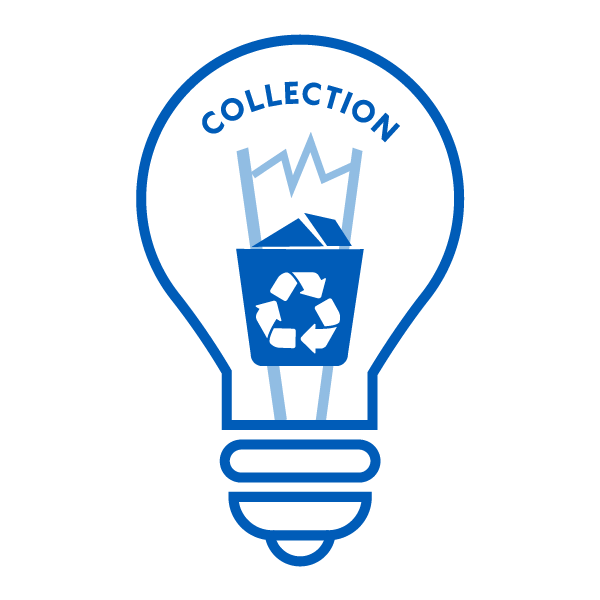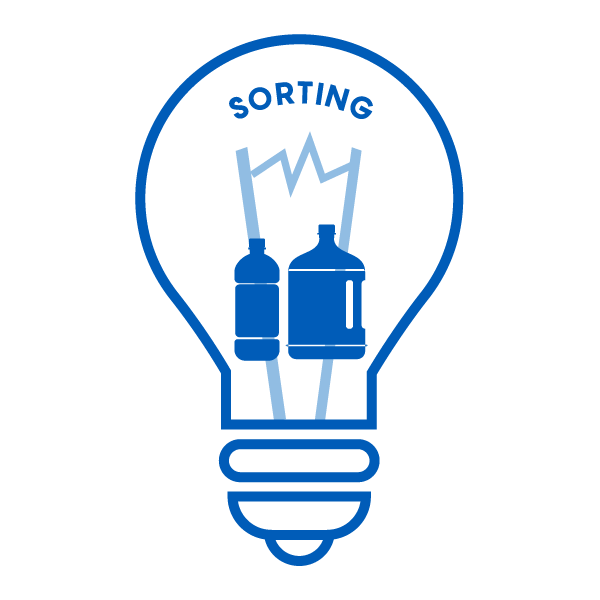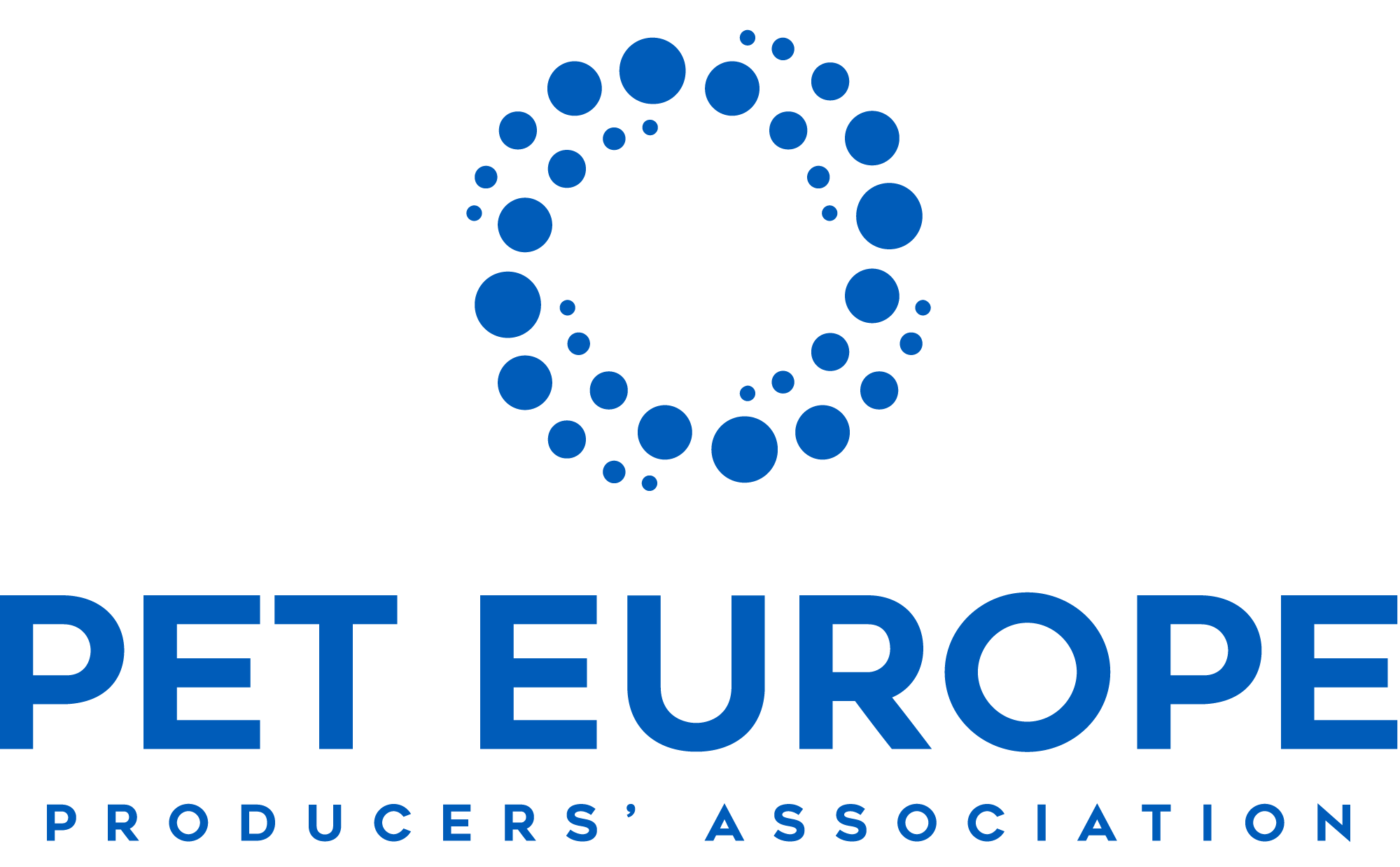PET can be recycled an infinite number of times. Many PET products are made with 100% recycled content. This is due to PET’s unique characteristics that allow the rebuilding of its physical properties in a recycling process. Once PET from packaging is returned by consumers, it is sorted, cleaned, and shredded to produce flakes or pellets.
The flakes/pellets are melted and formed into new products. The European Food Safety Authority (EFSA), among other global food authorities, have deemed that the use of rPET flake/pellets in new food packaging products is safe.

PET can be recycled an infinite number of times. Many PET products are made with 100% recycled content. This is due to PET’s unique characteristics that allow the rebuilding of its physical properties in a recycling process. Once PET from packaging is returned by consumers, it is sorted, cleaned, and shredded to produce flakes or pellets.
The flakes/pellets are melted and formed into new products. The European Food Safety Authority (EFSA), among other global food authorities, have deemed that the use of rPET flake/pellets in new food packaging products is safe.

• Show a drop in CO2 equivalent emissions compared with virgin PET. Increasing the recycling rate of PET bottles to 60% would save approximately half of the emissions, equivalent to 445,000 tonnes of CO2 equivalent every year.
• Reduce greenhouse gas emissions by up to 90%, this is 1.7kg CO2 equivalent per kg of PET. Increasing the recycling rate of PET bottles to 60% would save more than half of the emissions, approximately 500,000 tonnes of CO2 equivalent every year.
• The higher the proportion of rPET, the better it is for the environment. Compared with PET Resin, manufacturing bottles from rPET requires only half of the energy, and results in a five-fold reduction in CO2 emissions.
• The EU aims to be climate neutral by 2050 and following the action plan of the EU Green deal, rPET will have a key role to achieve the targets set by the EU parliament which are 25% of recycled content for single used PET beverage bottles by 2025 and at least 30% recycle content for all single used plastic beverage bottles from 2030.
Hovewer, rPET is a little darker than virgin PET, and, due to its characteristics, it can be more difficult to process. It has absolutely no effect on taste and quality.
 Decrease Recyclable Material in
Decrease Recyclable Material in
INCINERATION
 Decrease Recyclable Material in
Decrease Recyclable Material in
LANDFILL
Solutions should be focused on





